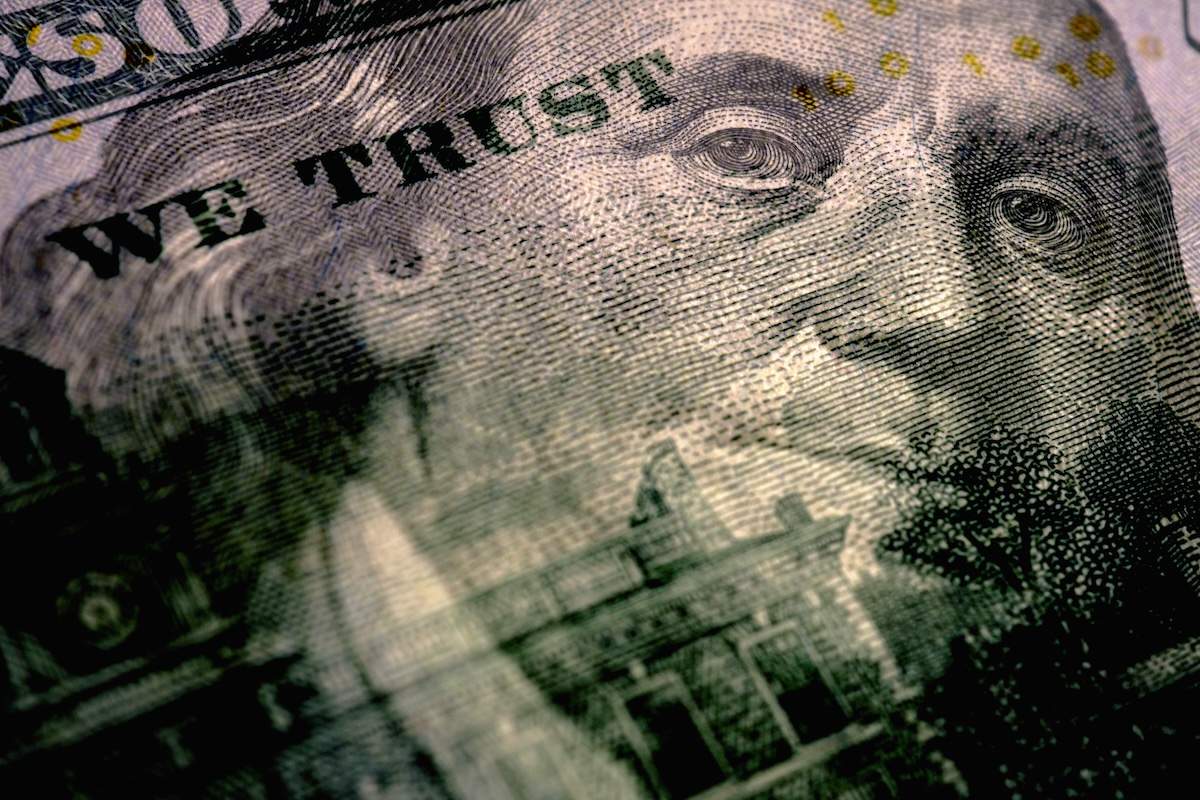
Investor anxiety over U.S. fiscal health is rising, with credit markets now pricing American debt as if it were hovering just above junk status.
“Credit markets are now pricing U.S. credit as if it were rated BBB+,” wrote widely-followed markets commentator The Kobeissi Letter on X.
That implied level sits six notches below the government’s official AA+ rating and only three steps away from non-investment grade territory.
Credit default swaps (CDS) — derivative contracts that function like insurance against debt defaults — have increasingly reflected growing concerns about Washington’s fiscal outlook.
“This comes as the U.S. deficit is projected to reach 6–7% of GDP over the next 2 years, only below the World Wars, 2008, and 2020 levels,” The Kobeissi Letter noted.
Credit investors are concerned about the US fiscal situation:
undefined The Kobeissi Letter (@KobeissiLetter) June 18, 2025
Credit markets are now pricing US credit as if it were rated BBB+, 6 notches below its official credit grade of AA+.
This is just 3 notches above the non-investment grade status.
Credit default swap market pricing… pic.twitter.com/zZP21YkOGm
The U.S. government no longer holds the highest credit rating.
In May, Moody’s downgraded U.S. debt after warning about persistent deficits and political gridlock.
That marked the first time all three major ratings agencies — Moody’s, Standard & Poor’s, and Fitch — have rated U.S. credit below their top tier, as the Peter G. Peterson Foundation pointed out.
But billionaire investor Ray Dalio argued the ratings don’t tell the full story.
“Credit ratings understate credit risks because they only rate the risk of the government not paying its debt,” Dalio said at the time, echoing bond market jitters in recent months.
Bond market starting to push back
For months, bond investors have been revolting against Washington’s growing deficits and President Trump’s proposed "Big, Beautiful Bill."
A weaker-than-expected 20-year Treasury auction last month sent a clear signal that bond vigilantes see the current fiscal policy as unsustainable.
And since Liberation Day in early April, yields have been on the rise.
The 20-year Treasury yield hit 5.12% on May 21, according to CNBC data. While it’s pulled back slightly, it’s once again hovering near the critical 5% level.
The 10-year Treasury yield — which directly influences borrowing costs across the economy — currently sits near 4.40%, down from a recent high of 4.60% just weeks ago.
But some warn that’s just the beginning.
Earlier this month, Vanguard economist Joseph Davis said 10-year yields could climb as high as 9% within the next five to ten years if deficits keep ballooning, particularly without a major productivity boost from AI or other growth drivers.
Your email address will not be published. Required fields are markedmarked